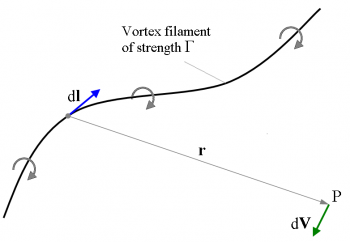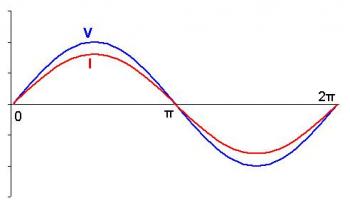An electric field surrounds electrically charged particles and time-varying magnetic fields. The electric field depicts the surrounding force of an electrically charged particle exerted on other electrically charged objects. The concept of an electric field was first introduced by Michael Faraday.
The electric field is a vector field with SI units of newton’s per coulombs. The strength of the field at a given point is defined as the force that would be exerted on a positive test charge of one coulomb placed at that point. The direction of the field is given by the direction of that force.
An electric field that changes with time influences the local magnetic field. The electric and magnetic fields are not completely separate phenomena’s. What one observer perceives as an electric field, another observer in a different frame of reference perceived as a mixture of electric and magnetic fields.
A magnetic field is a mathematical description of the magnetic influences of electric currents and magnetic materials. The magnetic field at any given point is specified by both a direction and a magnitude. The magnetic field is most commonly defined in terms of the Lorentz force it exerts on moving electric charges.
Magnetic fields are produced by moving electric charges and intrinsic magnetic moments of elementary particles with a fundamental quantum property, their spin. In special relativity, electric and magnetic fields are two interrelated aspects of a single object. This is called the electromagnetic tensor.
Magnetic fields are most often encountered as an invisible force created by permanent magnets. These magnets pull on iron objects that attract or repel other magnets. Magnetic fields are widely used throughout modern technology.
© BrainMass Inc. brainmass.com June 28, 2024, 4:05 pm ad1c9bdddf



